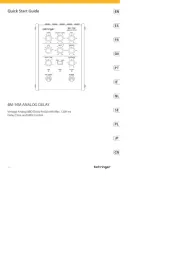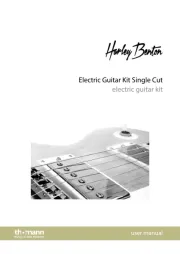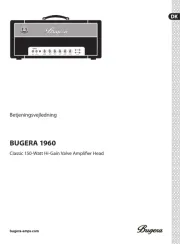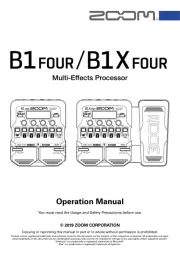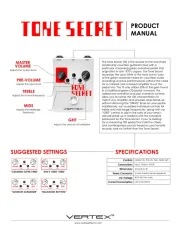Gretsch Roots Honey Dipper G9202 Manual
Læs gratis den danske manual til Gretsch Roots Honey Dipper G9202 (20 sider) i kategorien Guitar. Denne vejledning er vurderet som hjælpsom af 29 personer og har en gennemsnitlig bedømmelse på 3.6 stjerner ud af 15 anmeldelser.
Har du et spørgsmål om Gretsch Roots Honey Dipper G9202, eller vil du spørge andre brugere om produktet?


Produkt Specifikationer
| Mærke: | Gretsch |
| Kategori: | Guitar |
| Model: | Roots Honey Dipper G9202 |
Har du brug for hjælp?
Hvis du har brug for hjælp til Gretsch Roots Honey Dipper G9202 stil et spørgsmål nedenfor, og andre brugere vil svare dig
Guitar Gretsch Manualer


Gretsch Professional 130th Anniversary Jr. G6118T-LTV Manual
20 August 2024







Guitar Manualer
- Boss
- Aguilar
- Pyle
- Yamaha
- Zoom
- Traveler Guitar
- Dimavery
- Chord
- Ultrasound Amplifiers
- Electro Harmonix
- Aria
- Orange
- Hils
- Ibanez
- Behringer
Nyeste Guitar Manualer
